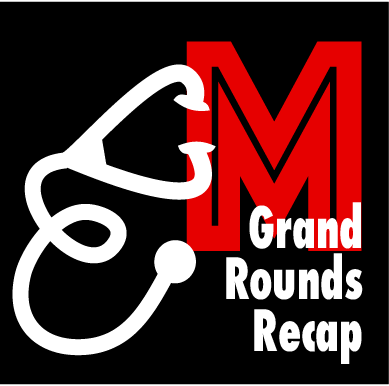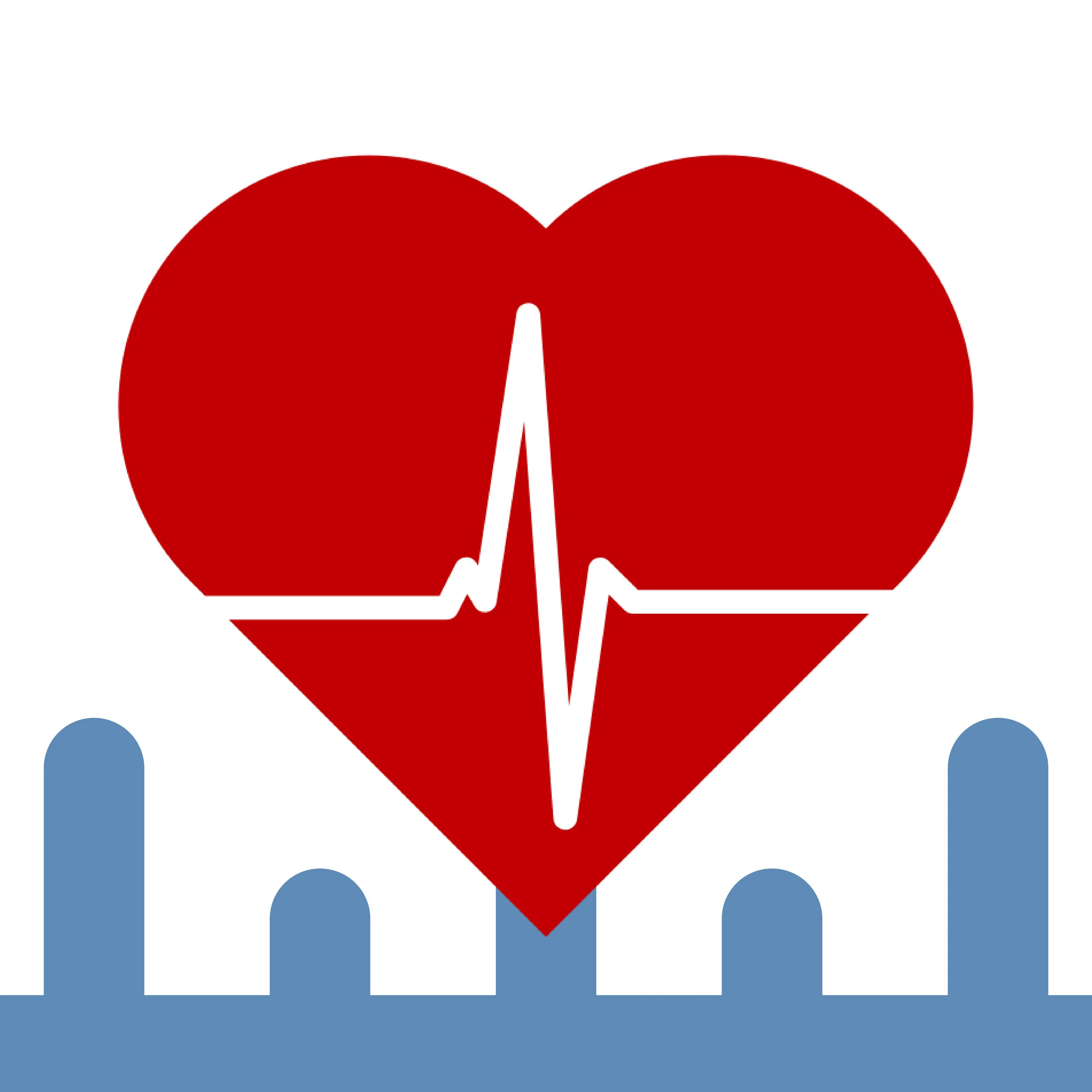Grand Rounds Recap 1.3.24
/We are back and ready for our first grand rounds of the year! We had a great variety in lectures today. Dr. Wosiski-Kuhn shared her capstone on violence against healthcare workers. Dr. Martella followed up a case of a patient with a spontaneous coronary artery dissection and their puzzling ED clinical presentation. Dr. Guillaume helped us troobleshoot and optimize our options for vascular access including EJ cannulation, ultrasound-guided IVs and all things PICC line. Dr. Haffner took us through a pathophysiology and treatment review of a patient with a very large calcium channel blocker overdose. The R2 team of Drs. Della Porta and Hajdu presented their protocol on alcohol withdrawal in the ED. We learned about the use of panorex as a new study for certain dental patients in conjunction with oral surgery from Dr. Urbanowicz. Finally, Dr. Baez dropped some protips to be confident and competent at a busy community ED site.
Read More

















